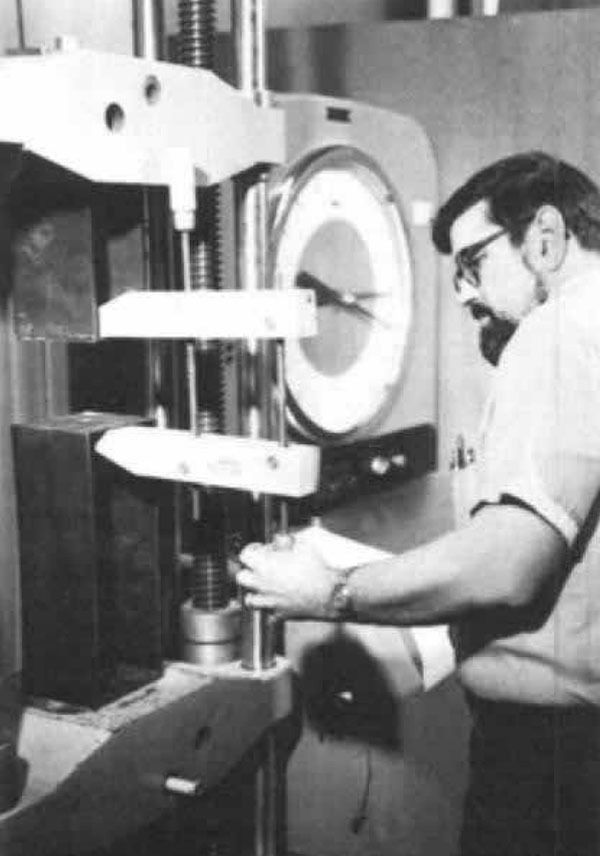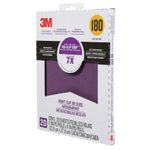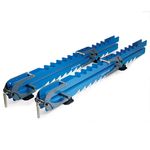Glues and Gluing
Woodworking adhesives, used correctly, are stronger than wood
Synopsis: Certain basic considerations that may be overlooked or misunderstood are too often the causes of serious gluing problems and are worthy of systematic review. In this article, R. Bruce Hoadley addresses why glue sticks at all, discussing the fundamentals of how it works before talking about wood itself — how its cell structure affects success, endgrain vs. grain surfaces, and permeability. Moisture content affects how well glue works, as does time and how it’s spread. He discusses clamps and various types of glues, such as hide glue, casein glue, polyvinyl resin emulsions, resorcinol formaldehyde, urea-formaldehyde glues, melamine adhesive, holt melts, epoxy, and contact cements.
The general term “adhesive” covers any substance that can hold two materials together by surface attachment. Those most commonly used for wood are called “glues,” although materials described as “resins,” “cements” and “mastics” are equally important in the assembly of wood products. Today’s woodworkers use adhesives in a number of ways: to make pieces larger than available stock (such as carving blocks or laminated beams), to create combinations or composites for physical or esthetic improvement (such as plywood, overlays or marquetry) and to join parts to create a final product (as in furniture, sporting goods or structures). Certain basic considerations which may be overlooked or misunderstood are too often the cause of serious gluing problems and are worthy of systematic review.
A logical starting point is to wonder why glue sticks at all. It is sometimes assumed that adhesion results from the interlocking of minute tentacles of hardened adhesive into the fine porous cell structure of the wood surface. However scientific research has shown that such mechanical adhesion is insignificant compared to the chemical attachment due to molecular forces between the adhesive and the wood surface, or specific adhesion. The assembled joint, or bond, is often discussed in terms of five intergrading phases, each of which can be thought of as a link in a chain. The weakest phase determines the success of the joint. Phases 1 and 5 are the pieces of wood, or adherends, being joined. Phases 2 and 4 are the interpenetrating areas of wood and adhesive, where the glue must “wet” the wood to establish molecular closeness for specific adhesion. Phase 3 is the adhesive itself, which holds together by cohesion.
Fundamentally, then, gluing involves machining the two mating surfaces, applying an adhesive in a form which can flow onto and into the wood surface and wet the cell structure, and then applying pressure to spread the adhesive uniformly thin and hold the assembly undisturbed while the adhesive solidifies. The typical adhesive is obtained or mixed as a liquid but sets to form a strong glue layer, either by loss of solvent, which brings the adhesive molecules together and allows them to attach to one another, or by a chemical reaction that develops a rigid structure of more complex molecules.
From Fine Woodworking #7
For the full article, download the PDF below:
Fine Woodworking Recommended Products

3M Pro Grade Sandpaper

Rockler Deluxe Panel Clamp

Bessey EKH Trigger Clamps




















Comments
I think the best Adhesive for conveyor belt repair would be
OM-2000
Also, for pulley lagging, I would go with
Oliver
Log in or create an account to post a comment.
Sign up Log in